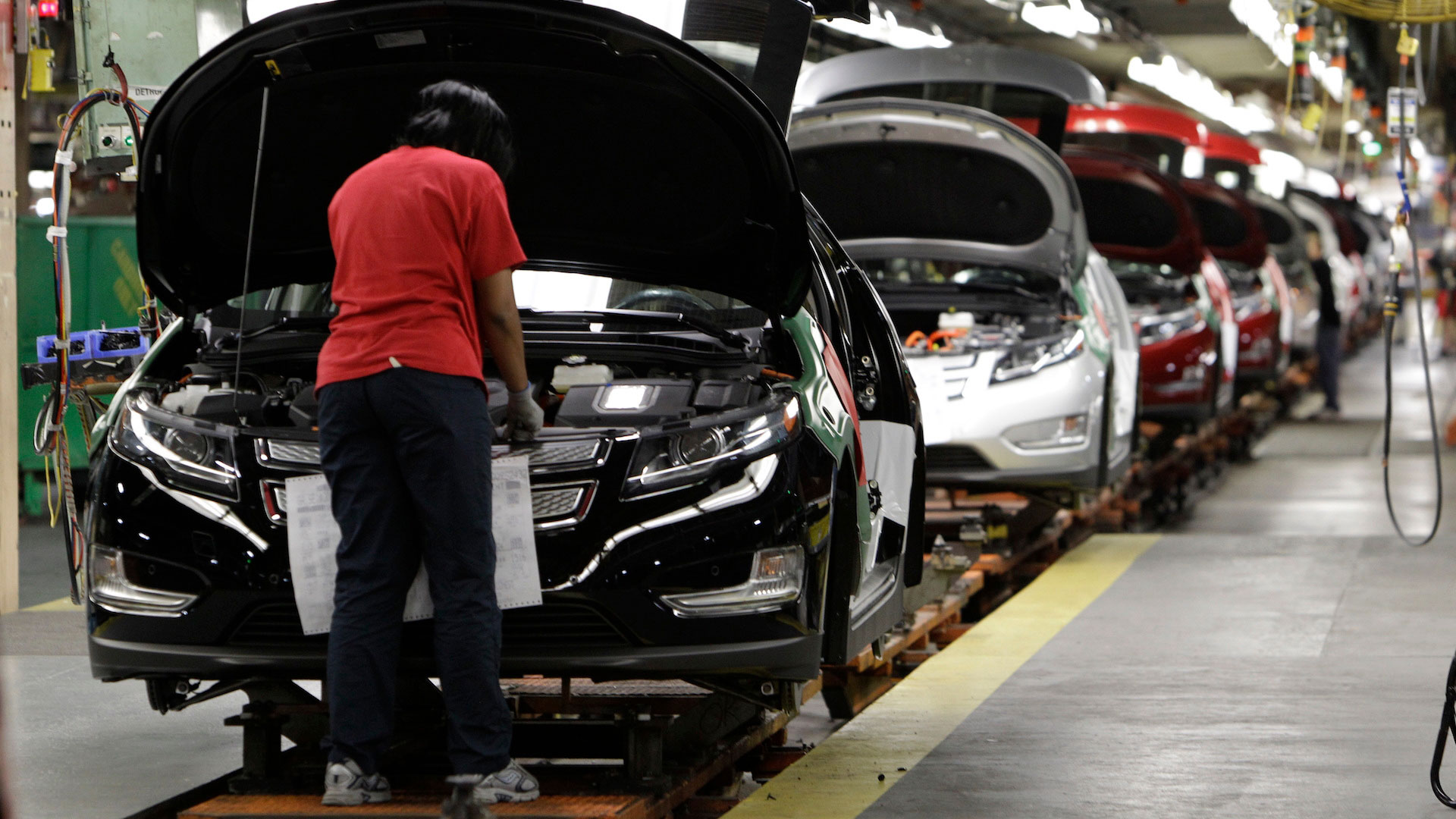“Nunca os lucros empresariais superaram a remuneração dos empregados tão claramente e por tanto tempo”, afirma um recente relatório do St. Louis Fred. Essa ascensão da desigualdade está a desmoronar o pacto social nos USA e a descredibilizar o “sonho americano”. Wall Stret e a Main Street entraram em divergência e o que é bom para as grandes “corporations” deixou de ser bom para os USA. Esta contradição de interesses está a revelar-se a maior ameaça ao desenvolvimento e à segurança dos USA e, sobretudo, à sua liderança global.
USA – O gráfico que explica tudo (e que Clinton e Obama não parecem saber ler… ou talvez nem sequer tenham visto)
Chris Ingraham, no Wonkblog, analisa
“As this chart from the St. Louis Federal Reserve shows, corporate profits and labor income — the total wages and salaries paid to American workers — tracked pretty closely for most of the latter half of the 20th century: In percentage terms, the two rose roughly in tandem from 1947 until about 2003 … But starting in 2003, profits take off, leaving wages in the dust. The Great Recession took a bite out of corporate profits, but since about 2009, profits have been on an unstoppable tear while labor income has plodded along much more slowly. … The American economy has been rewarding owners and shareholders much more richly than workers.
“Never have corporate profits outgrown employee compensation so clearly and for so long,” the St. Louis Federal Reserve writes.
The two lines on the chart essentially represent two different ways of making money in the American economy. Think of it from the perspective of General Motors: The people who work for the company — who do a job to earn a paycheck — are on the blue line. The people who own General Motors, the shareholders and investors who reap the profits, are on the red line.
Between 1947 and 2003, it didn’t matter much which line you were on: You could expect your income to increase at roughly the same rate whether you got your money from working for GM or by owning part of GM. But since the early 2000s it has been a very different story. The American economy has been rewarding owners and shareholders much more richly than workers.
It’s worth noting that this is not exactly a binary proposition, since many employees own stock in companies through vehicles like their retirement accounts. But given that well over 90 percent of the stock market is owned by the richest 20 percent of families, in practical terms the overwhelming majority of returns to the red line are flowing to a small percentage of households.
Another way of looking at the chart: Until about 2003 you could plausibly say that what was good for investors and corporations was also generally good for workers. Post-2003, it’s a lot harder to make that case.
There are a lot of factors driving the divergence. Workers have become much more productive, contributing more and more to companies’ bottom lines, but companies haven’t been sharing those profits with the employees who make them possible. Union membership continues to decline, making it harder for workers to negotiate favorable terms of employment. In an era of rising health-care costs, companies are shifting more and more of that expense to workers.
Think of money the way you think of gravity: Money exerts a gravitational pull on other money — you put $100 in the bank, you end up with $102 at the end of the year. You put $1 million into GM stock first thing this morning, it’s worth $1.08 million by noon. In effect, the fundamental laws of financial gravity have been changing in this country, making it easier for large sums of accumulated wealth to draw even more money to themselves.
But what if you don’t have enough money to kick-start that gravitational process? What if you’re part of the majority of American households that own no stock at all? What do you do when you’re a worker in an economy whose benefits increasingly go to owners?
The diverging trends in the chart above are part of what’s driving this country’s extremely high levels of inequality.”
Exclusivo Tornado / IntelNomics

Receba a nossa newsletter
Contorne o cinzentismo dominante subscrevendo a Newsletter do Jornal Tornado. Oferecemos-lhe ângulos de visão e análise que não encontrará disponíveis na imprensa mainstream.



